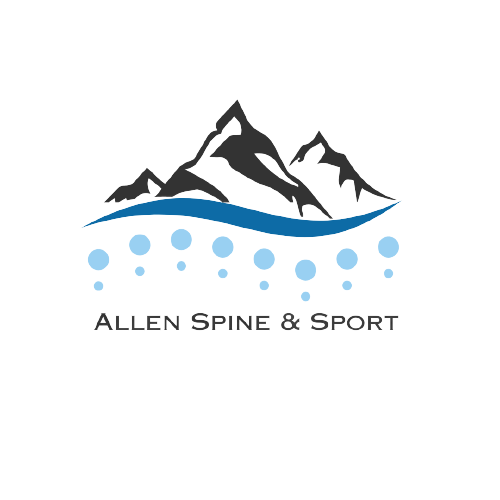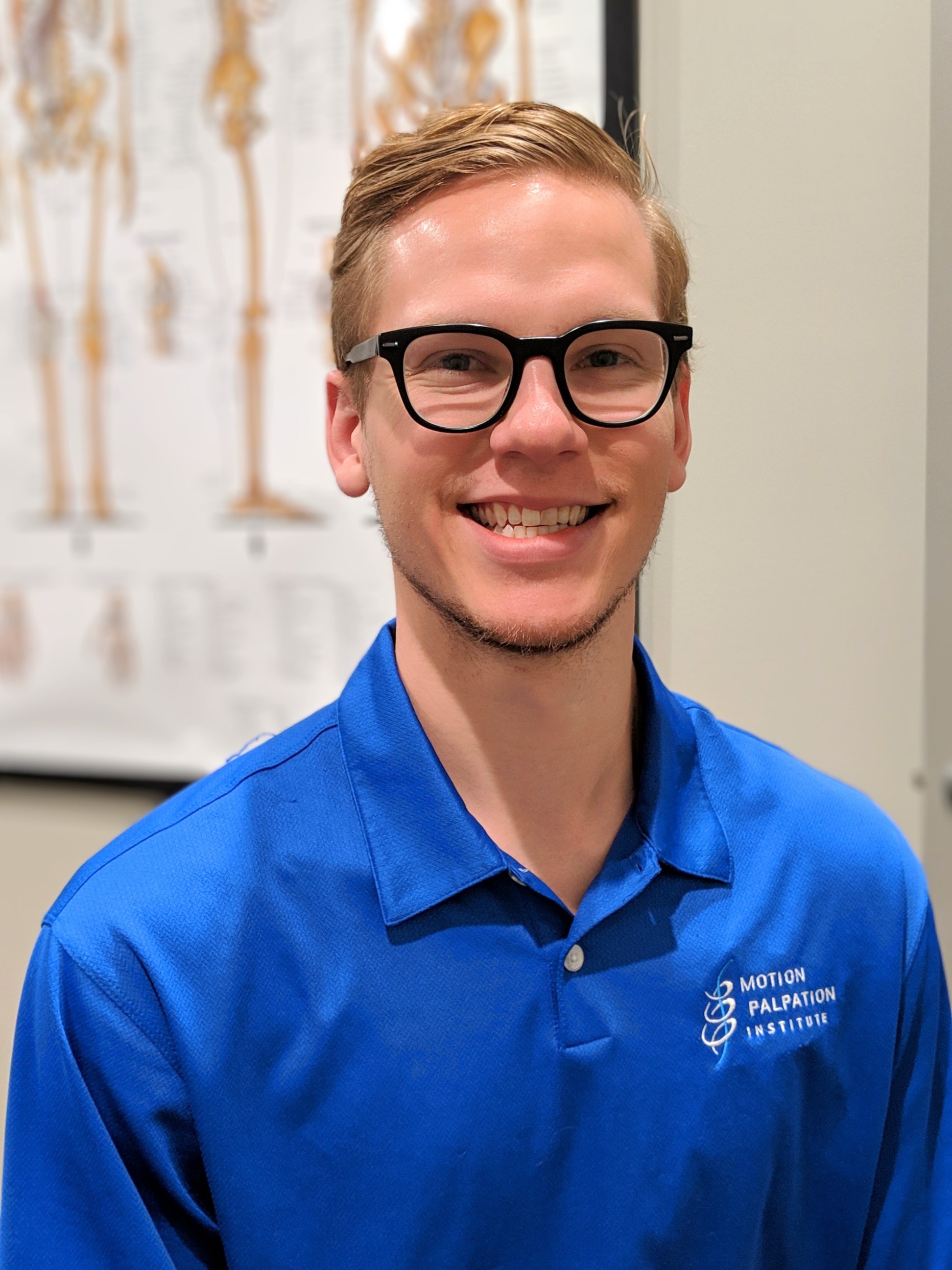How Chiropractic Care Can Benefit Runners
Dealing with a pesky running injury that won’t seem to go away? Have you tried just about everything to no avail? I know I’ve been there. Some common running injuries include plantar fasciitis, stress fractures, ankle sprains, Achilles tendonitis/tendonopathy, shin splints, patellar tendonitis/tendonopathy, hamstring strain, quadriceps strain, calf strain, patellofemoral pain syndrome, iliotibial band syndrome (ITBS), groin pull and low back pain. According to Scott Douglas of Runner’s World, out of a group of 933 new runners, 254 met the definition of having a running injury during their first year. Of those injured runners, 15% had shin splints, 10% had patellofemoral pain (runner's knee), 9% had a meniscus injury, 7% had Achilles tendinitis, and 5% had either plantar fasciitis or a soleus injury. Three-quarters of the injuries occurred during a given runner's first 125 miles in the sport. To cite a specific example, individuals with a tight gastrocnemius muscle are 3 times more likely to develop metatarsalgia (forefoot pain), plantar fasciitis and metatarsal stress fractures. As far as recovery goes, those with calf strains were back to normal running in an average of 30 to 40 days, while those with shin splints needed an average of 72 days to fully recover. Plantar fasciitis was the peskiest of the common injuries, requiring an average of 159 days to get over.
Chiropractic care can offer many different treatment methods for each of these injuries, and regular care can even help prevent them from occurring in the first place! In addition to joint manipulation of the spine and extremities, chiropractors offer various soft tissue (muscle) treatments like myofascial release, active trigger point release, Graston technique, kinesiology taping, pulse wave therapy, electrical stimulation, dry needling and hydromassage therapy. Chiropractors also offer therapeutic rehabilitation exercises geared towards activating muscles that aren’t working hard enough, which couples well with the soft tissue methods geared towards calming down muscles that are overworked.
In fact, a study of 24 long-distance runners with ITBS and diminished hip abduction strength in the affected leg showed that after 6 weeks of hip abductor strengthening, 22 of 24 of the runners were pain-free and back to running. Also, people with strong hip abductors are much less likely to develop osteoarthritis in their knees.
Also, stiffness in the joints of the spine, sacroiliac (SI) joints, hips, ankles and feet can lead to improper movement patterns and subsequent injury. In fact, running efficiency depends heavily on proper joint movement of the thoracic spine, hip, knee, ankle and foot. Many running injuries are helped by simply getting joints that aren’t moving well to move better, stabilizing joints that are moving too much, and treating any muscles that are too tight.
Importance of Foot and Ankle Function
Most running injuries result from overload of certain joints, muscles, tendons and ligaments. Much of this stress, if not purely from too many miles put on too quickly, is due to improper movement patterns as a result of certain joints having restricted movement and other joints having too much motion. Each foot has 28 bones, 55 bony articulations and a deep muscular system that controls stability of the leg. Improper activation of those deep muscles can predispose to injury. Also, each one of the 55 articulations needs proper movement for your brain to know where your foot is in time and space. Without that awareness, the knee, hip and spine are being overworked to coordinate movements of the legs. Chiropractic care can help provide proper muscle activation, joint stabilization and mobility. Specifically, a study of a group of chronic ankle instability patients showed improved function after 4 weeks of short foot positioning during balance exercises aimed towards deep foot muscle activation. The doctors at Allen Spine and Sport would love to team up with you to get you on your road to being the best version of yourself.
Dr. Forrest Allen is a sports chiropractor and co-owner at Allen Spine and Sport. He has a passion for integrating spinal and extremity joint manipulation, manual therapies like dry needling, fascial manipulation, etc., and rehabilitative exercises founded in Dynamic Neuromuscular Stabilization (DNS). Visit our website and give our office a call!
References
Chang, A., Hayes, K., Dunlop, D., Song, J., Hurwitz, D., Cahue, S., & Sharma, L. (2005). Hip abduction moment and protection against medial tibiofemoral osteoarthritis progression. Arthritis & Rheumatism,52(11), 3515-3519. doi:10.1002/art.21406
Digiovanni, C. W., Kuo, R., Tejwani, N., Price, R., Hansen, S. T., Cziernecki, J., & Sangeorzan, B. J. (2002). Isolated Gastrocnemius Tightness. The Journal of Bone and Joint Surgery-American Volume,84(6), 962-970. doi:10.2106/00004623-200206000-00010
Douglas, S. (2019, March 11). Shin Splints are Most Common New Runner Injury. Retrieved from https://www.runnersworld.com/health-injuries/a20791449/shin-splints-are-most-common-new-runner-injury/
Fredericson, M., Cookingham, C. L., Chaudhari, A. M., Dowdell, B. C., Oestreicher, N., & Sahrmann, S. A. (2000). Hip Abductor Weakness in Distance Runners with Iliotibial Band Syndrome. Clinical Journal of Sport Medicine,10(3), 169-175. doi:10.1097/00042752-200007000-00004
Sauer LD, Saliba SA, Ingersoll CD, Kerrigan DC, Pietrosimone BG, Hertel J. Effects of
rehabilitation incorporating short foot exercises on self-reported function, static and dynamic balance in chronic ankle instability patients. National Athletic Trainers’ Association Annual Meeting & Clinical Symposium, June 2010, Philadelphia, PA. Reprinted in: Journal of Athletic Training, 45: S67, 2010.
Sherry, M. A. (2004). A Comparison of 2 Rehabilitation Programs in the Treatment of Acute
Hamstring Strains. Journal of Orthopaedic and Sports Physical Therapy. doi:10.2519/jospt.2004.1062


